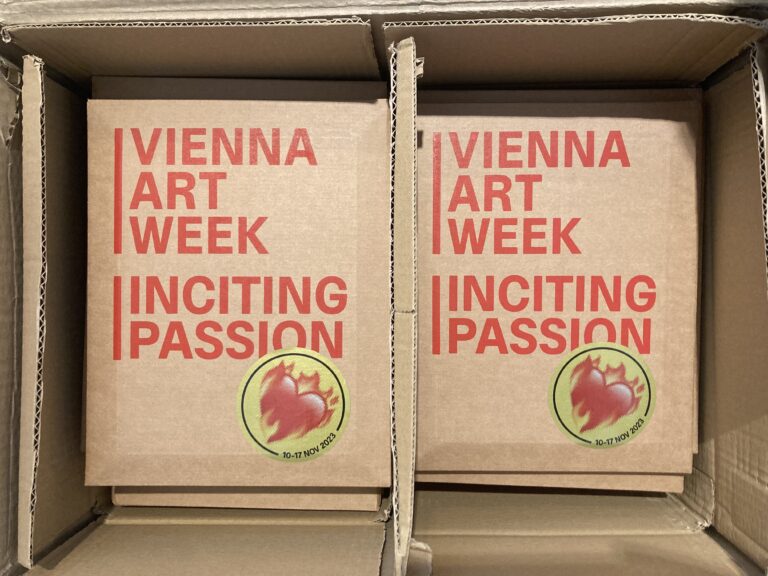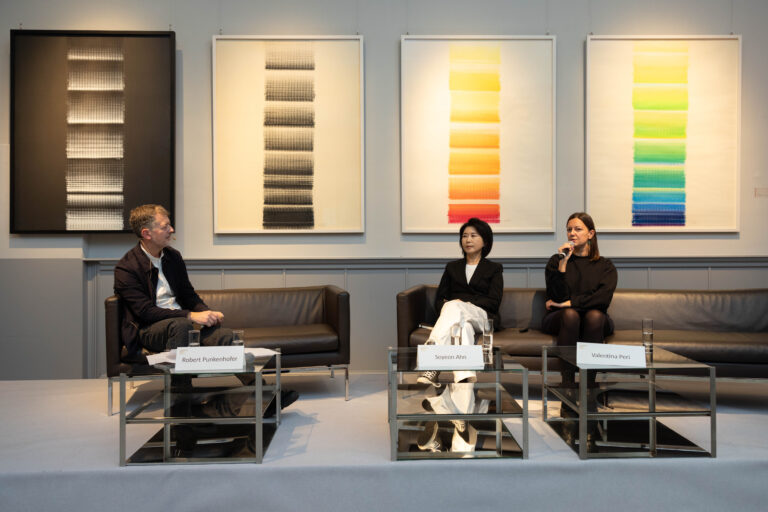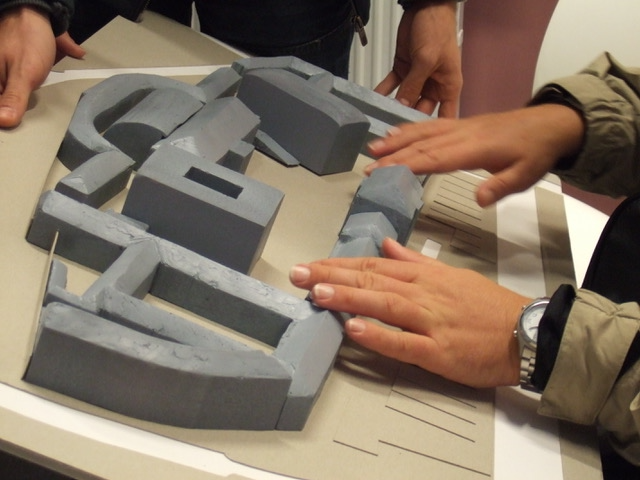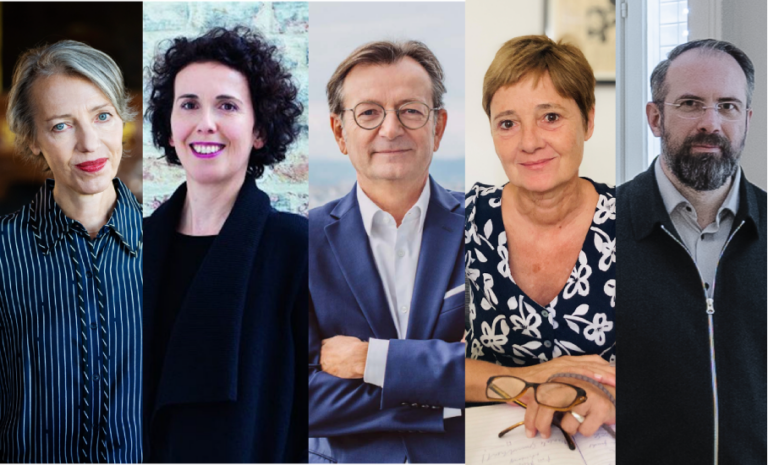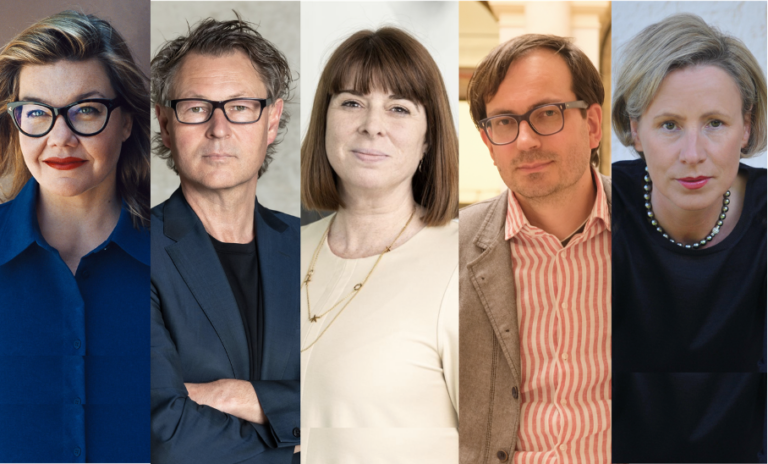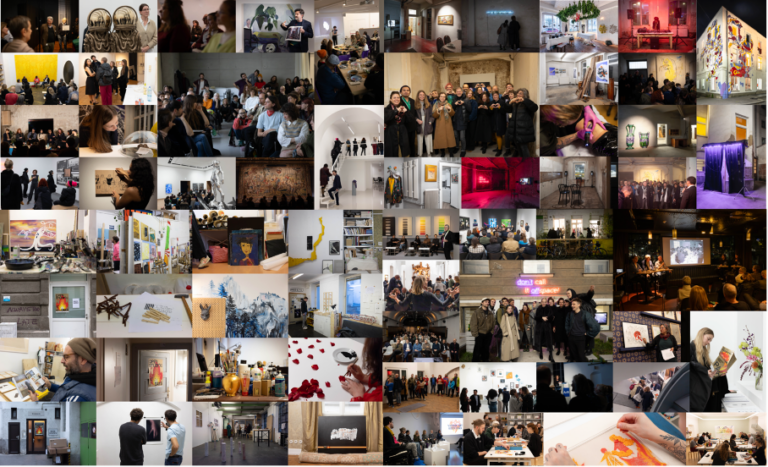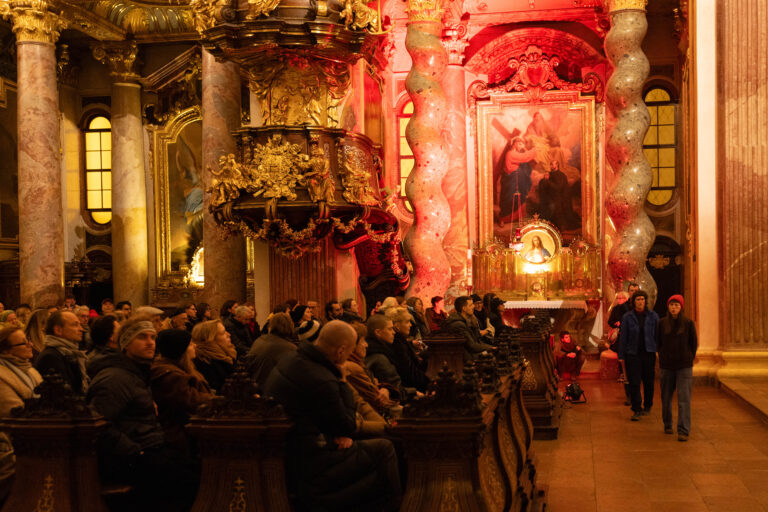INCITING PASSION
The theme of VIENNA ART WEEK 2023 is dedicated to passion in all its facets. By Robert Punkenhofer, Julia Hartmann & Theresia Nickl.
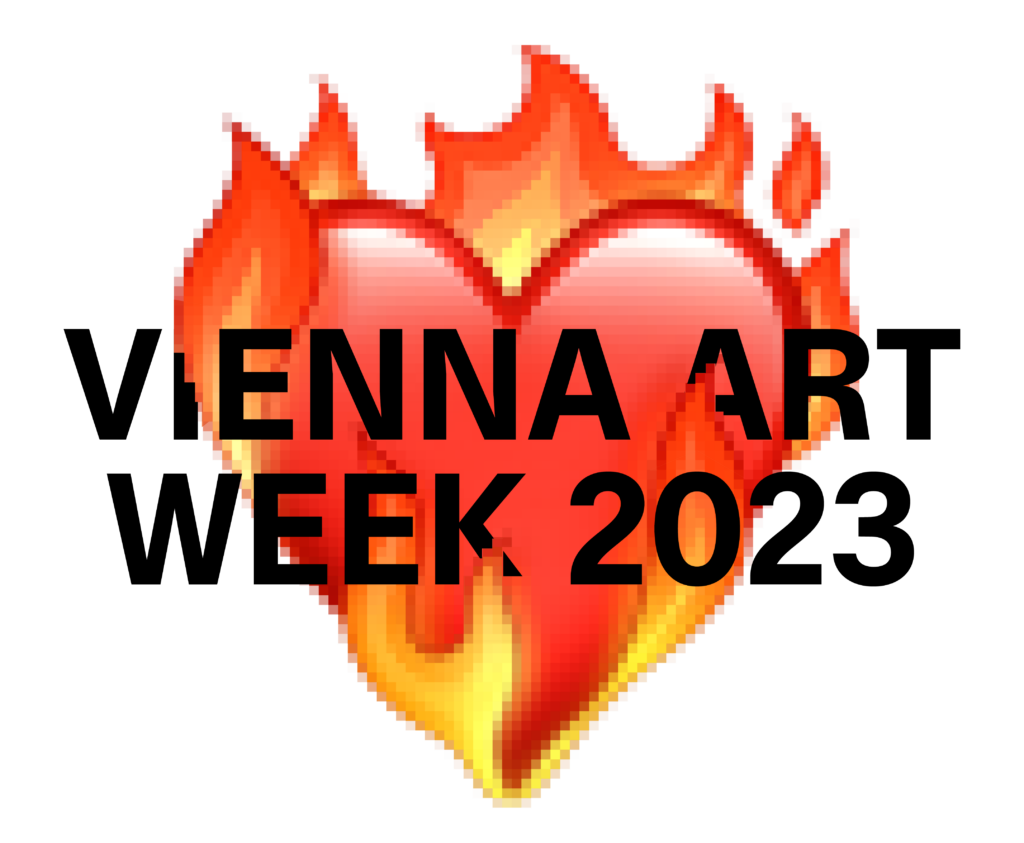
By Robert Punkenhofer, Julia Hartmann & Theresia Nickl
All is fair in love and war? Passion can be a driving force that inspires and motivates people to pursue their goals and desires with a radical level of commitment and dedication. Igniting this powerful feeling of enthusiasm or excitement for someone or something can be pleasurable and exhilarating, but it can also be potentially destructive and dangerous—after all, the word passion derives from the Latin word for suffering. With this year’s theme, “Inciting Passion,” VIENNA ART WEEK aims to capture this ambiguity in all its different shades and reflect the emotional state of our time, from the private to the public sphere.
Plato believed that human beings have two souls, one rational, the other irrational: the former is associated with reason and logic, while the latter is driven by desire and bodily sensations. It was along these lines that the ancient Greek philosopher suggested excluding all artists from the pólis, or political decision-making, on account of their being too uncontrollable, emotional, and passion-driven. Artists have undoubtedly been seismographs of their times, evoking an emotional response in viewers through their artwork—whether through overwhelming aesthetics or stirring imagery ranging from romantic passion to nationalism. Expressions of compassion, care, and devotion have been a cultural mainstay for thousands of years—apparently the first love letter can be found in the Old Testament’s Book of Solomon, a series of poems organized as a lengthy dialogue between a young woman and her lover. This year’s VIENNA ART WEEK, however, aims to explore the power and complexity of emotions beyond heteronormative sexual identities and conservative notions of love, sex, romance, eroticism, lust and relationships. Şeyda Kurt’s book Radikale Zärtlichkeit. Warum Liebe Politisch Ist (2021, Radical Tenderness: Why Love is Political) challenges the notion that love is a private, personal matter. The author notes that romantic love relationships are often spaces for the abuse of power because they take place in the realm of the private. Kurt argues that relationships are political, which is why stronger laws and regulations are needed to protect the vulnerable party in a relationship from toxic power dynamics and a conservative reading of gender roles. Similarly, in her book The End of Love: A Sociology of Negative Relations (2018), the sociologist Eva Illouz propagates “the right to be let alone,” an early legal concept from the mid-19th century that guaranteed sexual freedom and sexuality as an individual’s choice. Yet same-sex couples and non-conforming sexual identities are still not treated equally in society and politics—a power play that artist Nan Goldin has been documenting since the 1980s. Goldin’s photo series The Ballad of Sexual Dependency, for instance, is comprised of over one hundred snapshots of relationships between men and women, men and men, women and women, and women and themselves as they play out in bedrooms, bars, boarding houses, brothels, and so on. We get an intimate glimpse into the private recesses of human relationships at a time when the HIV/AIDS pandemic wreaked havoc. This is also what Félix González-Torres intimately suggests in his photographs of empty beds left behind by those who died of the virus.
More contemporarily, artist and activist Zanele Muholi captures intense moments of love and intimacy through images that allude to the traumatic and violent events facing the South African LGBTQIA+ community. Muholi’s photographs bear witness to a community of people who risk their lives by living their passion authentically in the face of oppression and discrimination. Meanwhile, Tracey Emin explores private acts of passion in her autobiographical artworks. In the 1990s, Emin made headlines with works such as Everyone I Have Ever Slept With 1963–1995, a tent documenting the names of everyone with whom the artist had ever shared a bed; more recently, she has documented her battle with cancer in raw and frank paintings of “love, passion, jealousy, fear and death—everything all of us have to live through,” as the artist herself has put it. This same cathartic power is also evident in Louise Bourgeois’s artistic practice, which was heavily influenced by traumatic psychological events in her childhood.
In our day and age, a lifestyle of hedonism puts pleasure and happiness above all other aspects of life, while excess and self-indulgence increasingly become a means of escapism and self-protection. As a result, courtship has undergone a massive transformation, from passionately staged love sonnets to emotionally detached dating apps—a trend that has led to the commodification of dating and relationships. Cultural theorist Byung-Chul Han has called this “emotional capitalism”: feelings are co-opted by market forces, leading to a rapid exchange of passion that has hollowed out relationships and led to selfish or narcissistic forms of behavior. This increasingly alienated and individualistic society and diminishing levels of interaction fuel a desire for emotionally intelligent robots and chatbots with the ability to replace “real human intimacy” with artificially generated passion for good. The company Replika AI, for example, already offers the “perfect” AI partner, one that is “always ready to chat when you need an empathetic friend.”
As far as the public sphere is concerned, both religion and politics have been stirring passions for centuries. Throughout (art) history we find a close interrelationship between the two, which in its extreme form has culminated in cults, ecstasy, or mysticism. Jeremy Shaw’s investigations into the transcendental experience show organizations that exhibit extreme devotion or reverence for a particular person, idea, or object. His photo and film series shows groups of people engaging in an ecstatic act that provides relief through the collective expression of strong emotions. Artworks exploring the religious theme of passion can themselves become highly controversial; prominent examples include Hermann Nitsch’s Orgien Mysterien Theater, through which he stages a suffering typical of the Middle Ages—a gory reenactment of bodily transcendence and orgiastic relief. In contrast, Bill Viola’s multi-channel film work The Passions addresses spirituality in a secular age by restaging Renaissance paintings using only facial expressions. The result is a calm yet riveting expression of religious devotion.
Last but not least, this year’s VIENNA ART WEEK theme also explores the emotions that fuel nationalisms, revolutions and wars. It’s not just since Donald Trump that we’ve known that “stirring the pot” can become a dangerous group dynamic, capable of propagating a certain kind of togetherness and national identity that can lead to the storming of capitals. In works such as POINT & SHOOT, a mourning thought (though I am more enraged than in mourning), artist Martha Rosler exposes the phenomenon whereby one person or group instrumentalizes the passionate loyalty of their supporters to trump all rules and order for their own personal gain.
Going back to the beginning, Plato’s idea of passionate artists being expelled from the political sphere takes on a whole new and very contemporary meaning when we look at what is happening in totalitarian regimes like Iran, Russia, Cuba, Turkey or China. There, artists who express their criticism of political oppression are very often persecuted or directly expelled from their pólis—like the Iranian artist Shirin Neshat, the Russian feminist collective Pussy Riot, or Cuban artists Tania Bruguera and Hamlet Lavastida, to name just a few.
All in all, this year’s VIENNA ART WEEK questions the manifold aspects of our rational and irrational souls. Perhaps all is not fair in love and war after all. At least it shouldn’t be …
